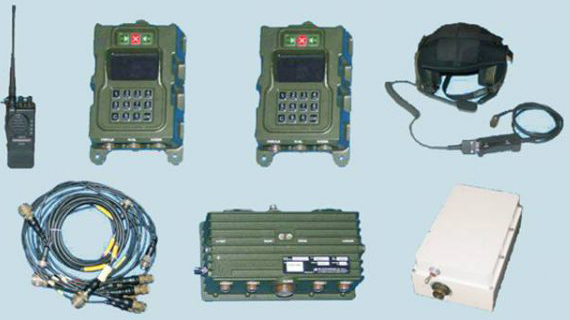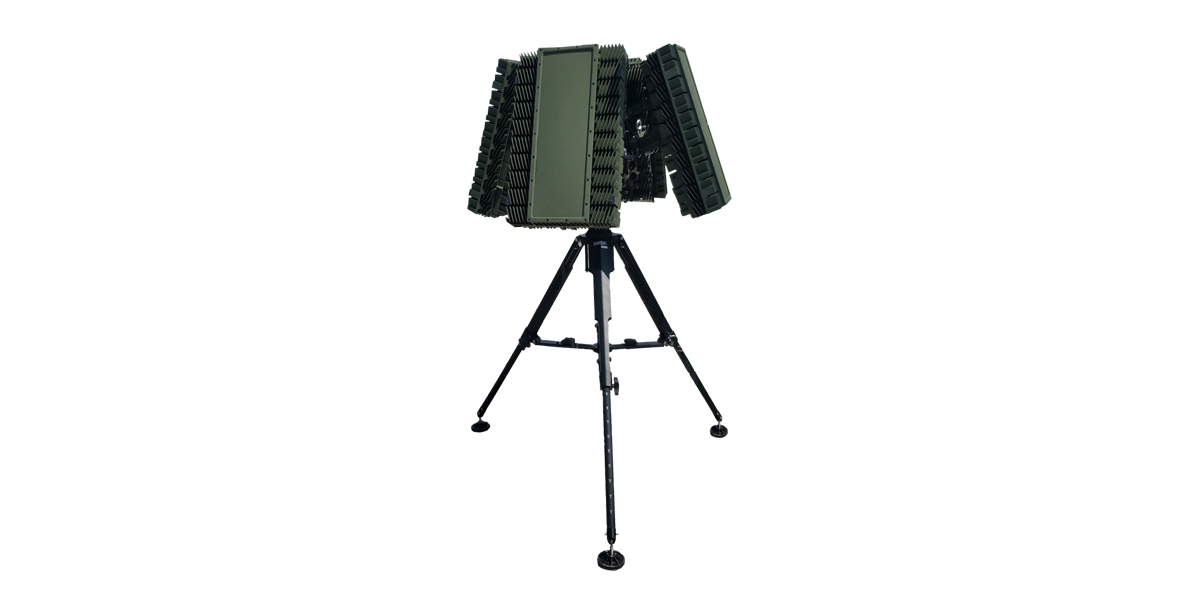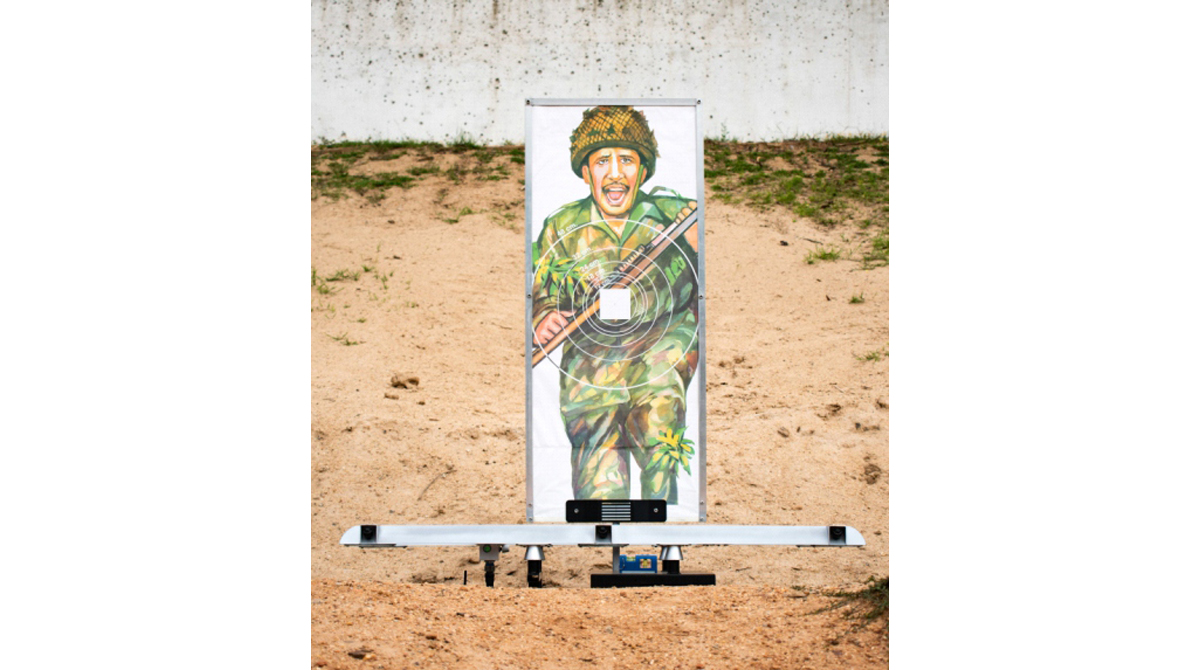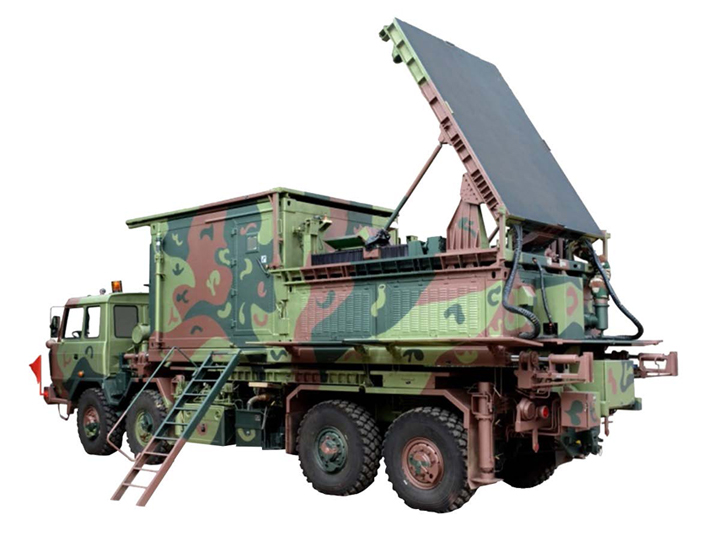Digital Intercom System
Digital Intercom System
Product category :Tank Communication Radios (CNR)

Digital Inter Communication System is a state of art equipment meant for intercommunication of crew members of Armoured fighting vehicles. It can provide interface support for accessing of radio sets by many crew members at the same time. It also supports for exchanging of digital data files from one crew member to other crew member through serial link. Data communication with other vehicles over Radio sets is also possible.
SYSTEM CONFIGURATION
The basic system components are
- Central Unit
- Crew Member Units
- Interconnecting Cables
- Helmet assembly
GENERAL DESCRIPTION OF DAVIS FUNCTIONS
The operation of the Digital Intercom System (DIS) is controlled from the Central Unit (CU) whereas all the Crewmember units (CMU) provide user interface functionality. CMU’s work as User terminals and all the functions and features of voice and data connections, selecting the requested operator. The requested party receives a call by an indication on the CMU. The called person can reject or accept the call. If the call is accepted the system automatically establishes a connection between the parties and simultaneously removes them from the “INTERCOM” conference. When the call is rejected the calling party will be informed by a red LED on the CMU.
- Radio Communication(Use of radios)
DIS operators can use the radios in both voice and data transmission modes. DIS can interface with Analog/ Digital Radios of Tadiran HF and VHF radios, CNR Radio, R123 Radio, ANPRC radio. Radios can be selected for monitoring only or to receive and transmit. When the radio is selected in receive and transmit mode by the operator, he is disconnected from the conference mode and connected to the Radio. A radio can be selected by many operators in the tank, but only one operator can transmit at a time. Whoever presses the XMTR push button first, his voice is transmitted. - Tactical Messages(TMS)
DIS system enables all operators to send and receive Tactical Messages between the system operators either within the vehicle or outside using radios capable of data transmission. Operator can enter a text message up to 32 characters and select the destination of that message from the list of address programmed and send the message. - Data Transmission
The DIS central unit is equipped with a number of communication ports. Some of them can be used for a general purpose communication with external devices; some are dedicated to the control of digital radios only. Apart from this each terminal unit (CMU) is fitted with a serial asynchronous port that can send and receive communication streams. The system can freely route information between these ports and it can also process such information if communication protocols interpreter has been built into the system. For example it can receive position information from GPS/ALNS and distribute the position updates in human readable form to all operators’ CMU screens. - Crew Member Unit
CMU has two main processors, DSP and FPGA. The total functionality is split and executed by both the processors. FPGA takes care of interface of Keypad commands, Alarm inputs, OLED Display, reading of keypad data, Control of volume using PGA and communication with CU. The DSP processes MIC input and speaker outputs.
Communication between DSP and FPGA is done using EMIF interface. DSP reads MIC data and sends to FPGA and receives speaker data from FPGA and outputs the voice. FPGA reads all accessories and MIC data from DSP. All the data read are combined to frame a packet and is transmitted to CU. Similarly it receives packet from CU and decodes the data and outputs to the corresponding peripheral device. The data to be sent to speaker are transmitted to DSP through EMIF and DSP takes care of CODEC section.
CMU has a 16pin connector in which either Alarm or Headset is connected. In this 8 alarm signals can be connected from external Unit. These alarm signals are fed to a A/D converter to take care of analog input. ADC chip is interfaced with FPGA through SPI interface. - Conference (Intercom mode)
DIS can establish a general (including all users) or selected users’ conferences supporting all the operators and communication assets to speak and hear the other participants. When the system starts a general conference called “INTERCOM” is activated. All the operators can hear each other, this is a basic function of the system. When an operator selects an individual connection with other operator, he temporarily quits this conference. - Selective connection (peer to peer)
The DIS operators can establish individual connections freely; the purpose is to arrange a conversation that no one else can hear. Such connection can be established by - Alarm signals monitoring
Each CMU is fitted with a connector to receive alarm signals. Whenever an input to this connector is shorted to ground the system automatically distributes a warning message to all operators in speech form. - Emergency Broadcast
All CMU can detect and distinguish two active positions of the chest switch. One of them “XMTR” is used to force a transmission over selected radio, the other one “RING” forces a “broadcast” or general conference to all operators overruling all pending connection they might be involved into. As long as this position is selected everybody in the system can speak and hear everybody. This function should be used for emergency only.




